What you need to make your beauty & cosmetic labels compliant
Other articles you might like:
Are your cosmetic labels compliant with the requirements of the U.S. Food & Drug Administration (FDA)? Strict guidelines are in place to protect consumers from products that are potentially unsafe or have deceptive labels.
The FDA regulates beauty and cosmetic products, however, it places much of the responsibility on the makers and manufacturers. To guide you through the regulations, we’ve taken a closer look at what you need to ensure your cosmetic labels are compliant. Make sure to check all federal and state regulations before ordering your cosmetic labels.
What are cosmetics?
The Federal Food, Drug & Cosmetic Act (FD&C Act) defines cosmetics as products for use on the human body for cleansing, beautifying, promoting attractiveness, or altering the appearance without affecting the body’s structure or functions. Cosmetics include products such as creams, lotions, perfumes, lipsticks, nail polishes, makeup, shampoos, hair colors, toothpaste, and any material for use as a component of a cosmetic.
Soap products made up mainly of an alkali salt of fatty acid and don’t make any label claim other than the cleansing of the human body are not cosmetics under the law.
Principal Display Panel (PDP)
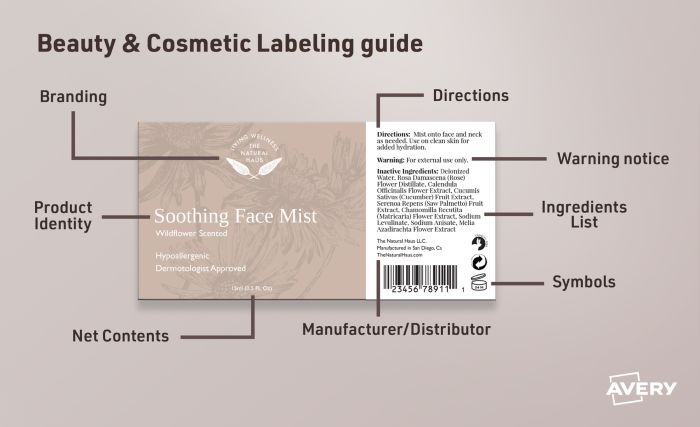
The principal display panel is the label that is seen under normal conditions for retail sales. The information shown here should include:
- Product identity – What is your product, i.e. soap, lotion, scrub
- Net contents – Weight or volume of product
- Ingredients – What is in your product
- Warning labels – Such as “for external use only”
Additional information not on the PDP label should also be somewhere on the packaging.
- Directions for safe use
- Name and place of business
- Any other required information
According to the Food and Drug Administration (FDA), all the information above must appear on the label of the outer container. This is usually a box, carton, or wrapper that holds an inner or immediate item. The immediate item that holds the actual product is the outer package if there isn’t a box or carton.
For specific detail on labeling requirements under US laws and regulations, read the Cosmetics Labeling Guide from the FDA.
Symbols to help make cosmetic labels compliant
So how do you fit all this information on your cosmetic labels? Use the symbols below to communicate more information to your customers on a smaller label or package.
Shelf life
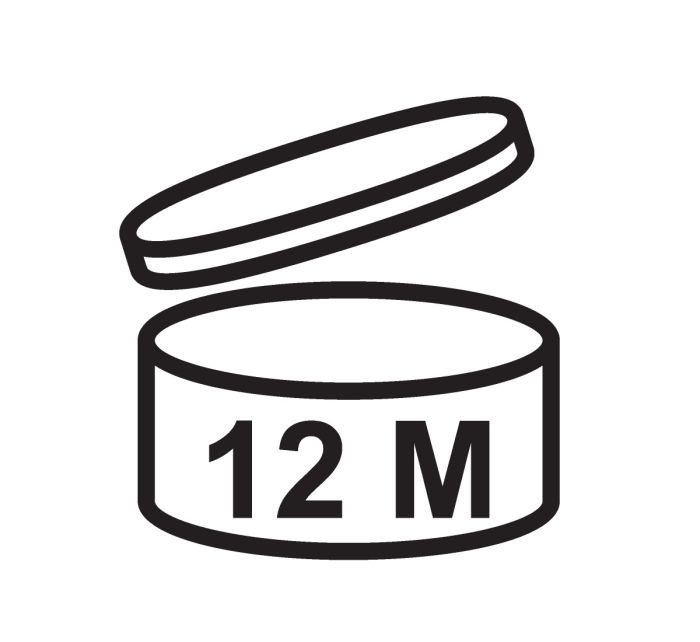
The Period After Opening (PAO) symbol is the open jar icon. This icon indicates how many months the product will be good after it’s opened. This is typically on products with a shelf life of 30 months or more.
Best before date
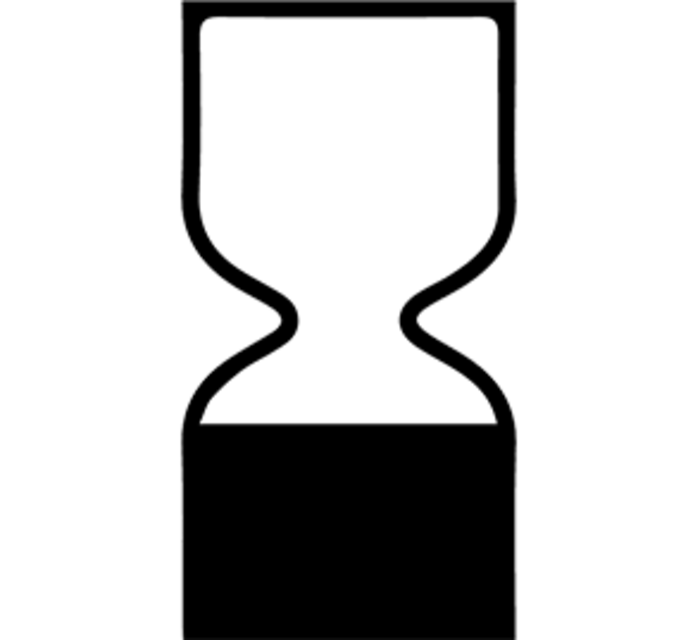
For products with a lifespan of fewer than 30 months, an hourglass icon and a “best before end of,” or BBE date is displayed.
Net contents
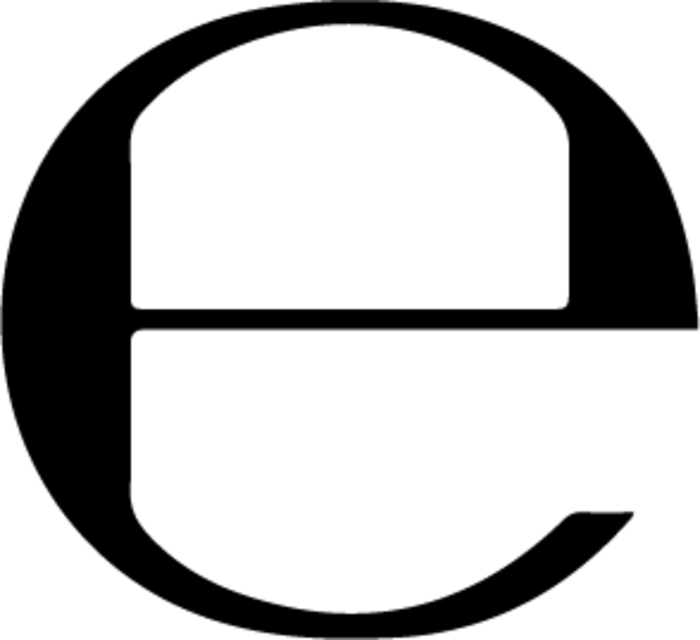
The lowercase “e” is known as the estimated sign or e-mark. It is required by the EU and basically indicates that the quantity of the product in a batch of packages is the same as what’s stated on the label.
Refer to insert

When there’s required information such as ingredients and instructions to provide (and sometimes in multiple languages) there may not be enough room to do so. So this symbol lets consumers know there’s a leaflet, card, or other inserts to refer to inside the packaging.
Responsibility for packaging

The Green Dot trademark indicates the manufacturer financially contributes to a recycling organization to manage its packaging waste in an ecologically responsible manner. It is not a recycling symbol.
Responsible forest management

The Forest Stewardship Council (FSC) trademark indicates the paper the company uses come from responsible sources. The use of the logo requires authorization and a license code from the FSC.
Organic seal
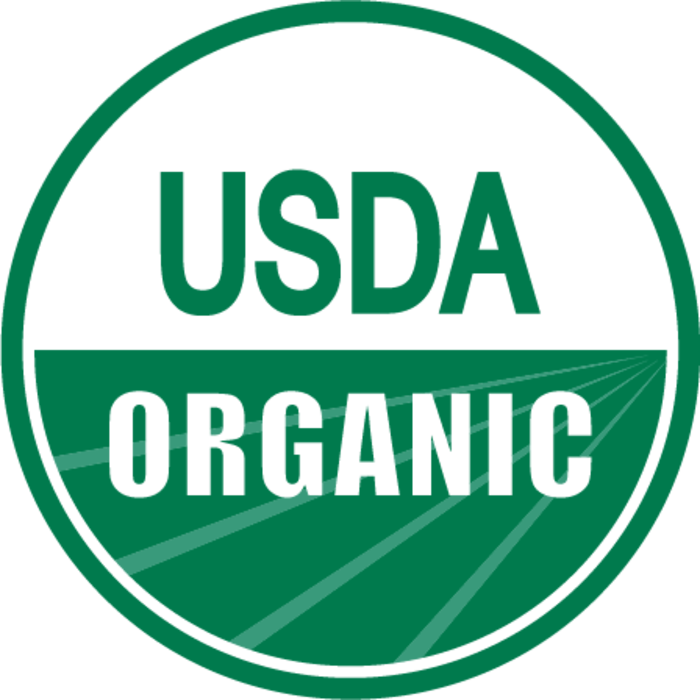
The Organic seal indicates the product has met strict production and labeling requirements of the USDA, and the final product is certified. Selling a product as organic when it is not can cost a company up to $11K for each violation.
US Public Health Service seal
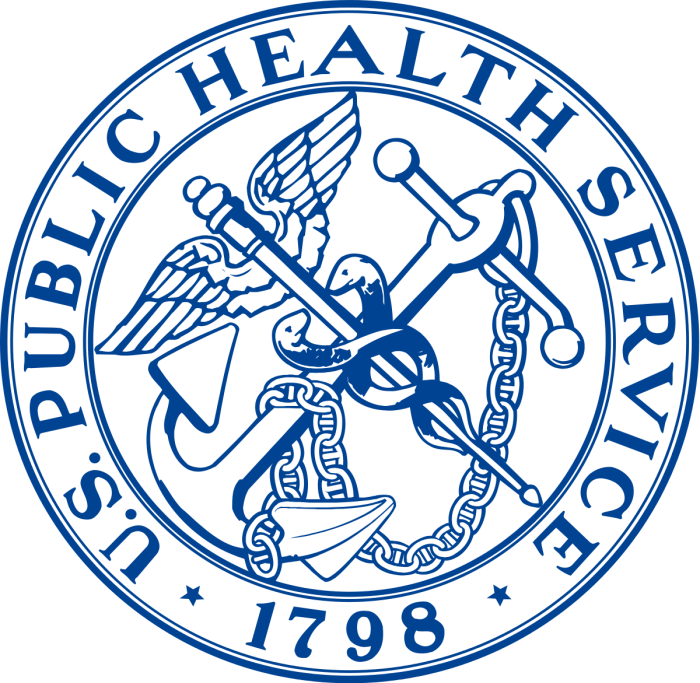
Products bearing the U.S. Public Health Service seal must contain 70% organic ingredients. Also, they must follow strict guidelines for manufacturing and processing.
Cruelty-free
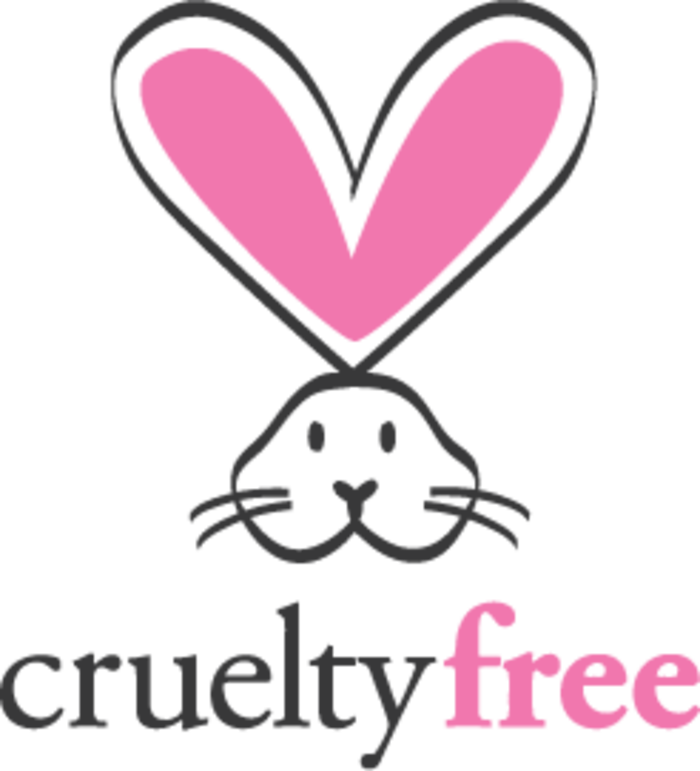
PETA runs the well-known Beauty Without Bunnies certification program, however, the Leaping Bunny is another internationally recognized certification that upholds a stricter program and mandatory audits.
Body care standards
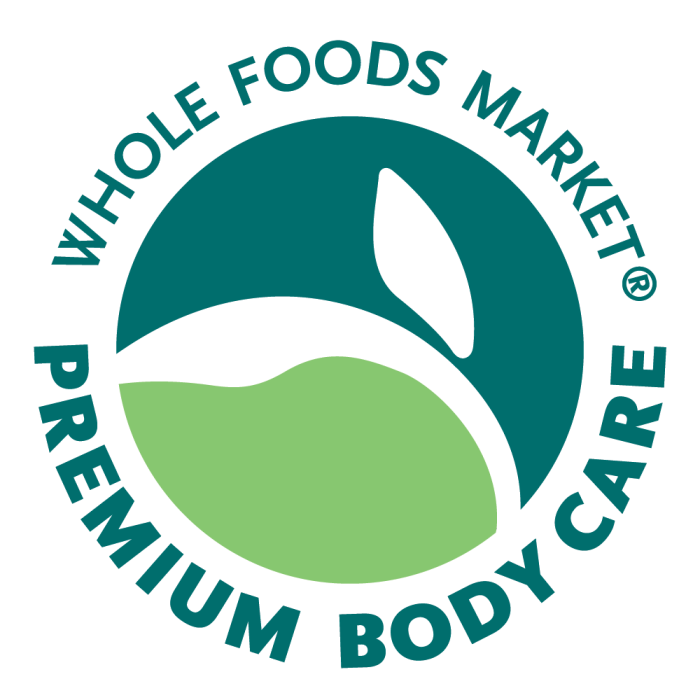
Whole Foods developed strict baseline body care standards in quality sourcing and environmental impact in order for products to earn the Premium Body Care logo. They’ve also identified more than 400 ingredients deemed unacceptable.
Full label disclosure
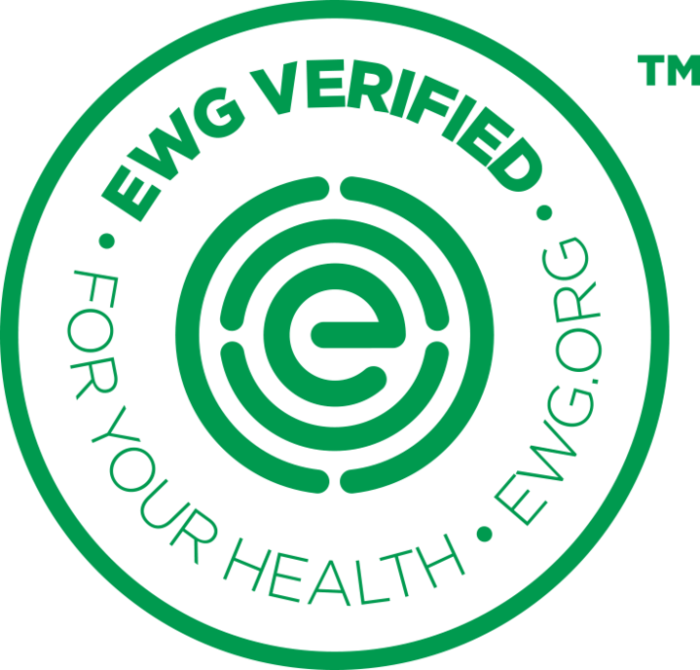
The Environmental Working Group, or EWG, established the EWG VERIFIED mark to indicate the product meets the strictest standards regarding harmful chemicals.
GMO avoidance
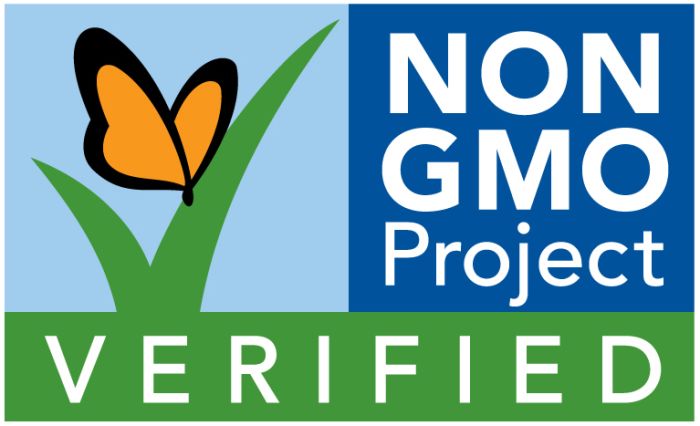
To earn the Non-GMO Project Verified seal, products must complete third-party verification for their product labeling and certifications to ensure products have been thoroughly evaluated by an independent party for compliance.
Gluten-free

The Gluten-Free Certification Organization (GFCO) leads a strict gluten-free certification program. They inspect products and manufacturing facilities for the presence of gluten. Products bearing the gluten-free symbol must be certified by a third party to earn certification.
You can print out the chart below for easy reference.
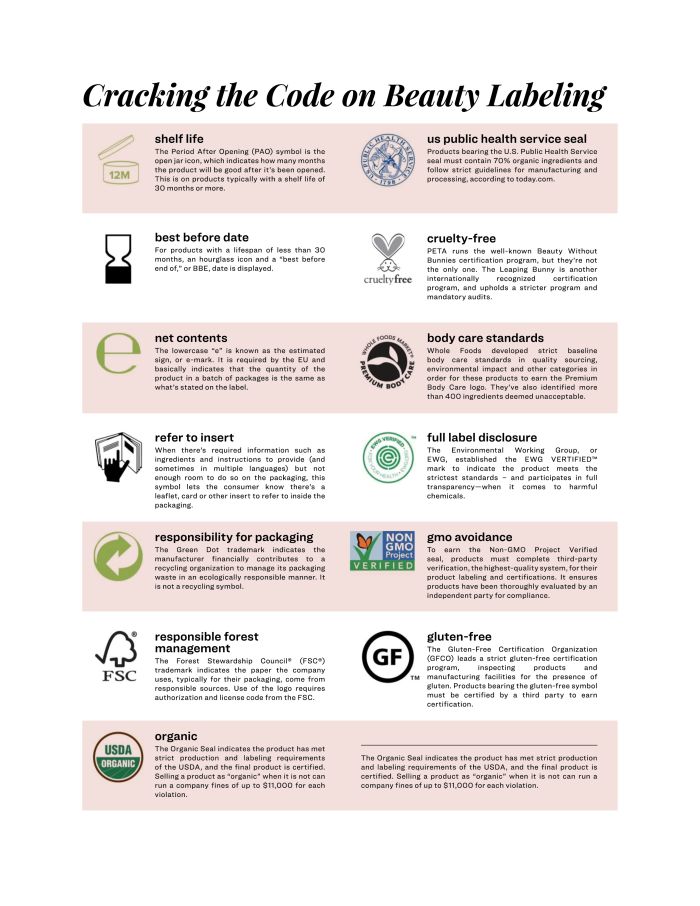
Please note: We are not lawyers or a law firm and we do not provide legal, business, or regulatory advice. Our sites and services are not substitutes for the advice or services of an attorney. We recommend you consult a lawyer or other appropriate professional if you want legal, business, or regulatory advice.

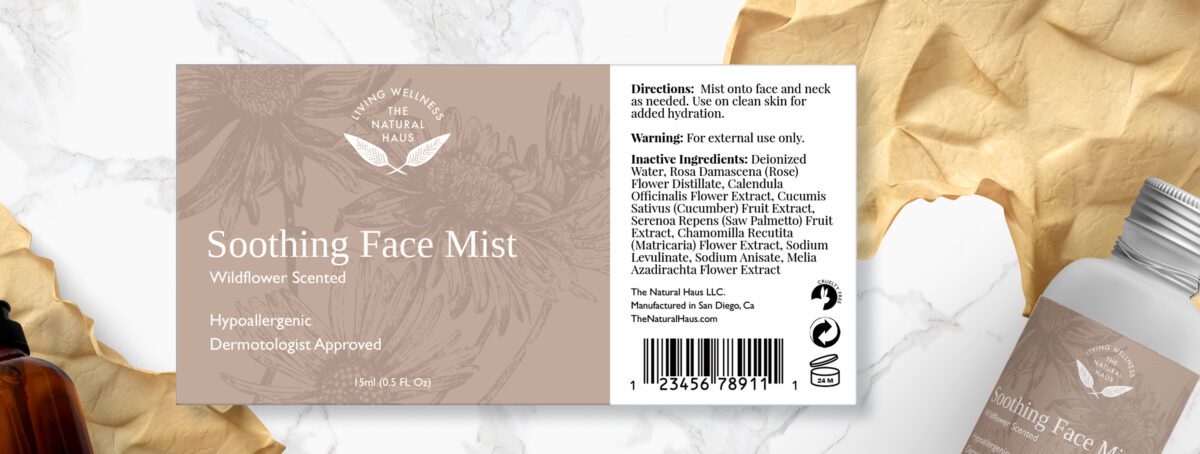
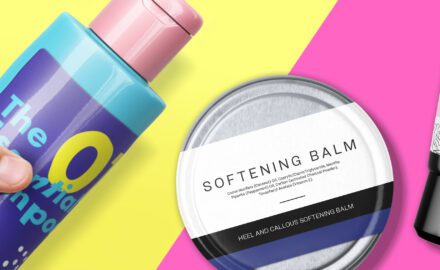
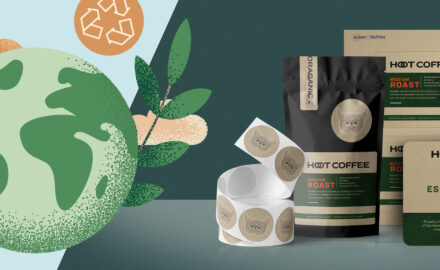

The warning you stated in this article is not accurate. All products that are defined as a cosmetic need to follow FDA § 740.10 warning.
Yes, Shelley, we link to that exact warning in the article. Thank you
Has a how to video on how to create these types of labels such as the one pictured above been created? If not is it possible for Avery to create one?
Stacey,
We have lots of free templates that you can easily customize in our design gallery. You can add your own artwork or customize them your way. Here is a video that explains how to do it. Once you’ve customized your labels, then you can print them yourself or let Avery print them for you. If you need something specific, please call our Customer Care Team at (800) 942-8379 and they can help you achieve the exact look you need with our custom printing service, Avery WePrint. I hope this helps.
Does Avery conduct animal testing for its products or ingredients? Does Avery purchase from suppliers who do test on aninals? Are Avery products free from animal-derived ingredients? Does Avery make cruelty-free products?
Natalie,
No, Avery does not conduct any type of animal testing on our products, as our products are not intended for animal use. And all Avery products are free from any animal by-products.
Hope that answers your questions. Thank you for your readership.
Melanie,
Thank you for the reply. Clearly the products are not meant for animal use, but are the chemicals used to make Avery products tested on animals? Specifically, are the adhesives and glue on labels synthetic or plant based and free of animal derivatives? Where can I find an ingredients list for your products?
Printing cruelty-free or vegan labels on animal derived packaging would defeat the purpose.
Natalie,
Avery doesn’t use any materials derived from animals in our products or our packaging, and we don’t test on animals. Our labels mostly have paper face stock, but some are polyester film or synthetic for more durable uses. Our primary adhesive is an acrylic emulsion-based permanent adhesive. If you have questions about a specific product, please contact our Care Center at 1-800-GO-AVERY or by chat on our website.
Hi there, i’m not sure if you’ll see this but could you please point me to your animal testing declaration and any documentation that i can obtain from you as proof that no animal products are used in the manufacture of your labels? My products are vegan but i need to be able to show that the labels don’t contain animal products and aren’t tested on them.
Thank you,
Sam
Avery does not conduct animal testing on any of our products or ingredients, nor do we ask others to conduct animal testing on our behalf. Avery doesn’t use any materials derived from animals in our products or our packaging, and we don’t test on animals. Our labels mostly have paper face stock, but some are polyester film or synthetic for more durable uses. Our primary adhesive is an acrylic emulsion-based permanent adhesive. Hope this helps.
Being in the skin care business, I wish that Avery made more label sizes that would fit 4 0z cosmetic PET jars better (some are too large, others too small). Also, to be able to list all ingredients on a jar, smaller font sizes then what are available are often needed. I also wish it was easier to incorporate images and move them to better areas on the labels. Also, I would appreciate clear tutorials for those of us who are not graphic designers but want professional and beautiful label designs. I feel so inept and clumsy trying to get the look I want sometimes. I find your instructions very confusing. Especially when a little artistry is desired.
Hi Charlette,
Thank you so much for your feedback. I’m really sorry to hear you’re having a hard time finding the correct size labels for your PET jars. There are a variety of different 4 oz. containers, so finding the right size for your skincare products can be tough. Have you checked out our label measuring guide? It can help you measure to find the exact label size you need for your specific containers. If you still don’t find the exact size you need in our label catalog, Avery WePrint can professionally print custom sizes for no extra charge on our roll labels. As far as fonts, unfortunately, we can’t print fonts any smaller because they become illegible and blurry. As far as images, have you watched our “How to Insert and Edit Images” video? It might help answer some questions you have. But please feel free to reach out to our awesome Care Center for any help you need with label sizing and designs. They even have the ability to view your screen and can help you edit your images and designs. They’re based in California and are available Monday-Friday, 6 a.m to 5 p.m. PT. Also, let them know the size labels you are looking for, as we are always looking to increase our label catalog. You can reach them at 800-942-8379 or chat online. Please let us know if we can help with anything else.